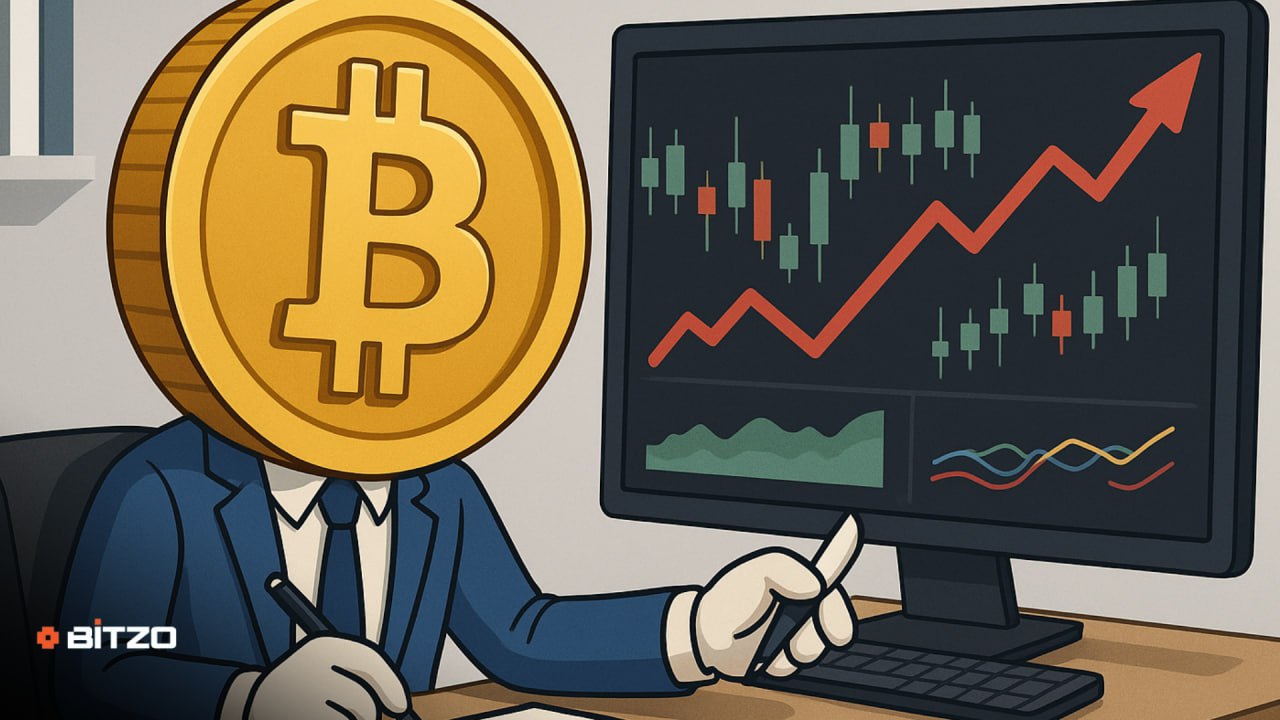Mastering Swing Trading: A Guide to Capturing Short-Term Gains in Ever-Changing Markets
Summary of Swing Trading
Swing trading is a strategy designed to harness short-term price shifts within a broader market trend. Traders who adopt this method generally maintain their positions for several days up to a few weeks, seeking to profit from fluctuations in price over this period. To do so successfully, a firm grasp of technical analysis is necessary for pinpointing optimal entry and exit points, along with robust risk management practices to safeguard against potential setbacks. This approach is versatile and can be applied across multiple financial markets, including equities, forex, and digital currencies.
Grasping the Essentials of Swing Trading
Occupying a middle ground between day trading and long-term investments, swing trading is a favored strategy intended to seize short-term price changes within a larger trend. This approach enables traders to capitalize on price movements, whether upward or downward. The duration for which swing traders hold positions varies, often spanning a few days to a couple of weeks, contingent upon market dynamics and the particular trading setup at hand.
Spotting Opportunities for Swing Trading
The cornerstone of prosperous swing trading is the identification of potential entry and exit junctures. Traders frequently resort to technical analysis tools and indicators to discern trends, pinpoint support and resistance levels, and recognize patterns that might indicate a swing opportunity. Indicators commonly employed include moving averages, trendlines, Fibonacci retracements, and oscillators such as the RSI or Stochastic Oscillator.
In addition, swing traders stay alert to market drivers and news developments that might influence the asset's price. By blending technical with fundamental analysis, these traders can make more educated decisions on when to initiate or liquidate a position.
Managing Risk in Swing Trading
Risk management is a fundamental component of any trading strategy, and it holds true for swing trading as well. Swing traders deploy various strategies to manage risk and safeguard their investments. A typical technique is the use of stop-loss orders, which automatically liquidate a position if the price moves unfavorably beyond a preset level. This approach is crucial for curtailing potential losses and securing gains.
Another prevalent risk management practice in swing trading involves determining the appropriate position size based on the trader's risk tolerance and the prospective trade reward. By risking only a minor portion of their capital per trade, swing traders ensure protection against significant losses while maintaining a consistent trading methodology.
The Upsides of Swing Trading
Swing trading provides traders with several benefits:
- Adaptability: The strategy permits traders to benefit from short-term price fluctuations without the necessity of continuous market monitoring.
- Earning Potential: By tapping into price swings within a broader trend, traders can achieve profit opportunities in both rising and falling markets.
- Reduced Tension: Compared to day trading, swing trading usually involves fewer trades and less frequent decision-making, decreasing the stress associated with constant position oversight.
The Downsides of Swing Trading
While there are numerous advantages to swing trading, it does present certain disadvantages:
- Exposure to Market Risk: Prices may move against traders during their holding period, presenting a risk.
- Potential for Missed Moves: Traders might overlook short-term price changes that transpire outside their position duration.
- Mental Hurdles: Sustaining positions for multiple days or weeks can challenge a trader’s patience and discipline, particularly amid market volatility.
Integrating Swing Trading into the Cryptocurrency Arena
The swing trading strategy is applicable to numerous financial arenas, notably cryptocurrencies. Given their inherent volatility, cryptocurrencies are well-suited to swing trading tactics, often witnessing substantial price shifts over brief time frames.
When engaging in swing trading with cryptocurrencies, traders should account for the distinct characteristics of the crypto market, such as its marked volatility, liquidity, and sensitivity to news and regulatory shifts. Cryptocurrency-specific technical analysis tools and indicators also aid in spotting promising swing trading prospects.
Final Thoughts
Swing trading is a strategic method aimed at seizing short-term price movements within a larger market trend. This necessitates expertise in technical analysis, risk management strategies, and the capability to identify opportune entry and exit points. While offering flexibility and profit potential, swing trading is not without its market risks and psychological trials. When applied to cryptocurrencies, swing trading can exploit the market's volatility and liquidity. Thorough research, disciplined practice, and effective risk management are paramount to achieving success with this trading approach.







.png)

